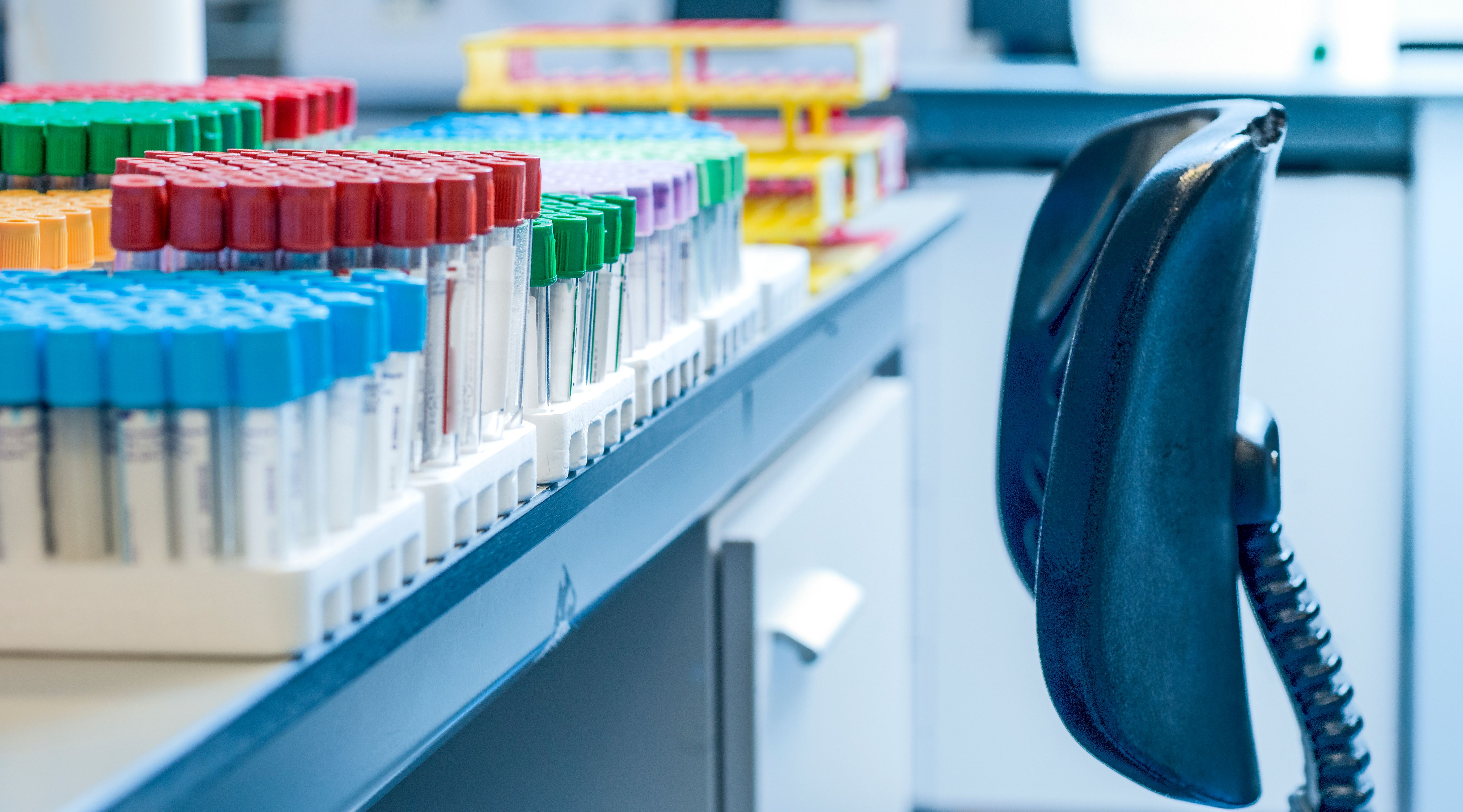A Day in the Life of a Phlebotomist
YF
Starting the Day
For a phlebotomist, the day often starts early. Arriving at the clinic or hospital, they prepare their workstations by organizing needles, vials, and other essential supplies. Ensuring that all equipment is sterile and ready is crucial for maintaining patient safety and hygiene standards.
Before patients arrive, many phlebotomists review the day's schedule. This helps them understand the types of blood tests needed and any specific patient requirements. Being well-prepared allows them to manage their time efficiently throughout the day.

Patient Interaction
As patients begin to arrive, a phlebotomist's adept communication skills come into play. Greeting patients warmly helps ease any anxiety they might feel about having blood drawn. For many, a visit to the phlebotomist can be stressful, and the ability to reassure patients with a calm demeanor is invaluable.
Phlebotomists must also verify patient identities and ensure that consent forms are correctly completed. Attention to detail is crucial, as mistakes can lead to incorrect test results or patient records. This meticulous approach is a key part of their daily routine.

Performing the Procedure
When it comes time to draw blood, phlebotomists must be precise and steady-handed. They locate suitable veins and use sterilized equipment to collect samples efficiently. The procedure requires not only technical skill but also a gentle touch to minimize discomfort for the patient.
After collecting the sample, phlebotomists label it accurately and ensure it is stored properly. They must adhere to strict protocols to maintain the integrity of the samples, which are critical for accurate testing and diagnosis.

Managing Administrative Duties
Beyond direct patient care, phlebotomists handle various administrative tasks. These include updating patient records, managing inventory of supplies, and ensuring that all samples are transported to the laboratory in a timely manner.
Administrative duties require excellent organizational skills and attention to detail. By keeping meticulous records, phlebotomists help ensure that laboratory processes run smoothly and efficiently.
Continuous Learning
The field of phlebotomy is continually evolving, with new techniques and technologies emerging regularly. Phlebotomists often engage in ongoing education to stay current with industry standards and best practices. This commitment to learning helps them provide the highest quality of care to their patients.
Workshops, online courses, and professional conferences are some ways phlebotomists enhance their skills and knowledge. By investing in their professional development, they contribute positively to the healthcare community.

End of the Day
As the day winds down, phlebotomists clean their workstations and prepare for the next day's appointments. Reflecting on their interactions with patients and any challenges faced helps them improve their practice continuously.
The role of a phlebotomist is both demanding and rewarding. By providing essential services in healthcare settings, they play a vital role in patient care and medical diagnostics. Their dedication ensures that patients receive accurate and timely results, contributing significantly to overall healthcare delivery.